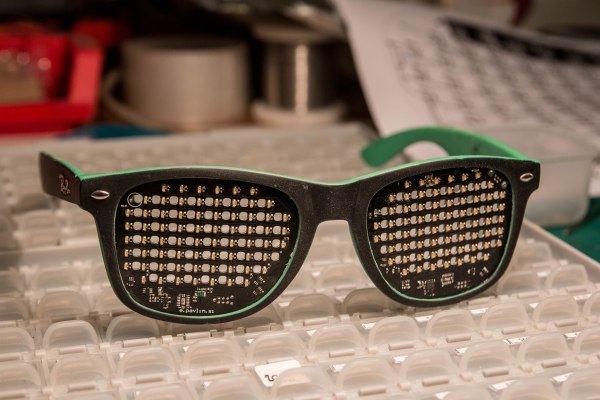If you’re reading Hackaday, you’re probably intimately familiar with really small parts. 0201 resistors are tiny, and even smaller parts aren’t unheard of. The screws that go in your phone are minuscule, and a magnifying glass is really handy if you want to check out the detail on your 3D prints. While this is easy if you have good eyesight and you’re young, a lot of us don’t have that luxury and instead must rely on magnifying glasses and loupes. [Mauro]’s project for the Hackaday Prize makes wearing these loupes and lenses even easier by adding a voice-controlled servo.
The basic idea behind this device is simple — just mount a standard hobby servo to a pair of glasses and put a pair of loupes on a hinge. With a Raspberry Pi Zero W, controlling this servo is easy. The real trick here is adding voice control, and for that [Mauro] is using the Watson Speech to Text service. Moving a pair of loupes away from your eyes is as simple as setting up an account with the Watson Speech to Text service, and sending out API calls using NodeJS.
In addition to magnifying glasses, [Mauro] also has a few other ideas in mind on how to make this device even more useful. It could be used for welding goggles, for removing sunglasses as you’re driving through a tunnel, or it could even be adapted as an improved version of those crazy straws that suck liquid around the rim of plastic glasses. The potential here is almost limitless, and this is one of the better projects in this year’s Hackaday Prize.
You can see a video of these glasses in action (without the voice activation) after the break.
Continue reading “Voice Controlled Glasses And Magnifying Lens”

















